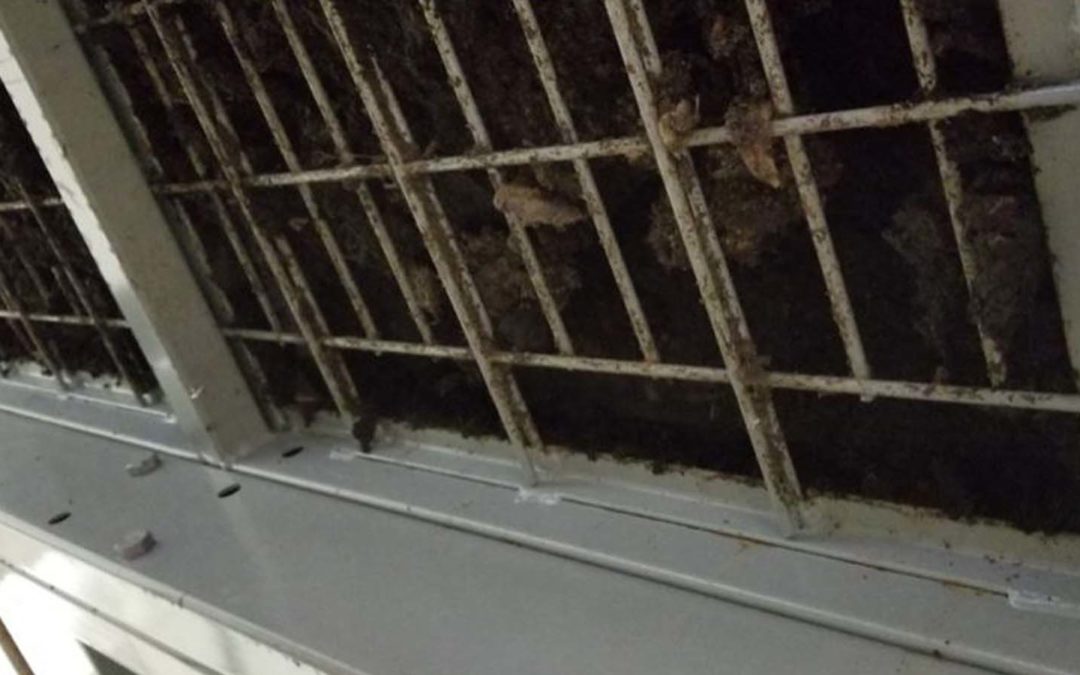
by Dan Lonowski | Feb 25, 2022 | CFT Assembly, CFT Systems, Michigan SoilWorks
Here is a hack to improve the flow of material near the H-Frames, where it gets compacted and makes tough going for the cutting bar. Intermediate rungs have been removed to enlarge the grating openings near the H-Frame. The grating openings are 2″ x 4”, except...
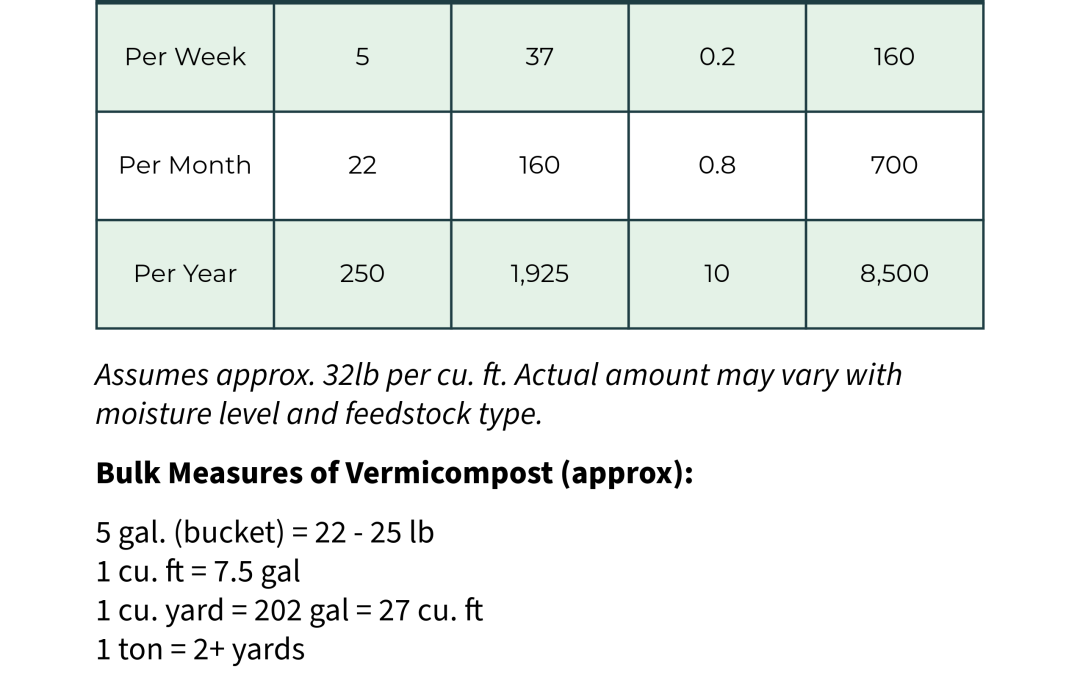
by Dan Lonowski | Dec 8, 2021 | CFT Guidelines, CFT Systems, Michigan SoilWorks
The Business End of Vermicomposting Many people are familiar with vermiculture – the life-science side of things – but the amounts to feed and harvest, the timing, weights and measures, these are not well documented. Here are many of the important rates and...
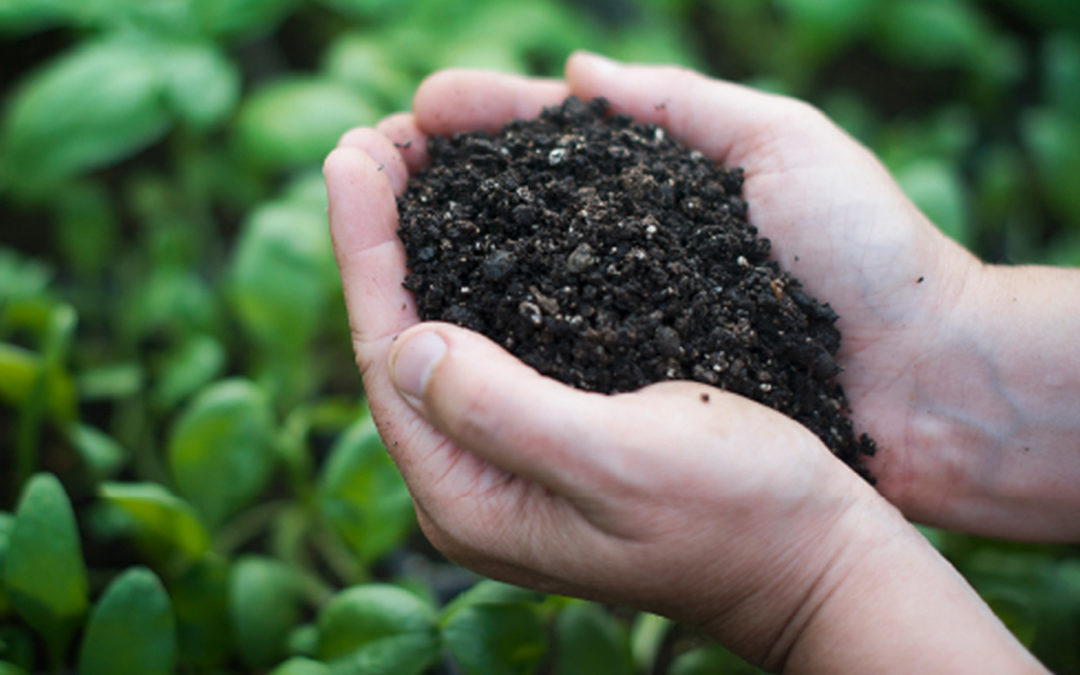
by Dan Lonowski | Dec 4, 2021 | CFT Systems, Michigan SoilWorks, Vermicomposting
I’m as convinced as ever about the potential for commercial vermicomposting for small business owner-operators. Improving soil health and diverting waste from landfills are two concepts that get a lot of traction these days. While many folks are vermicomposting and...
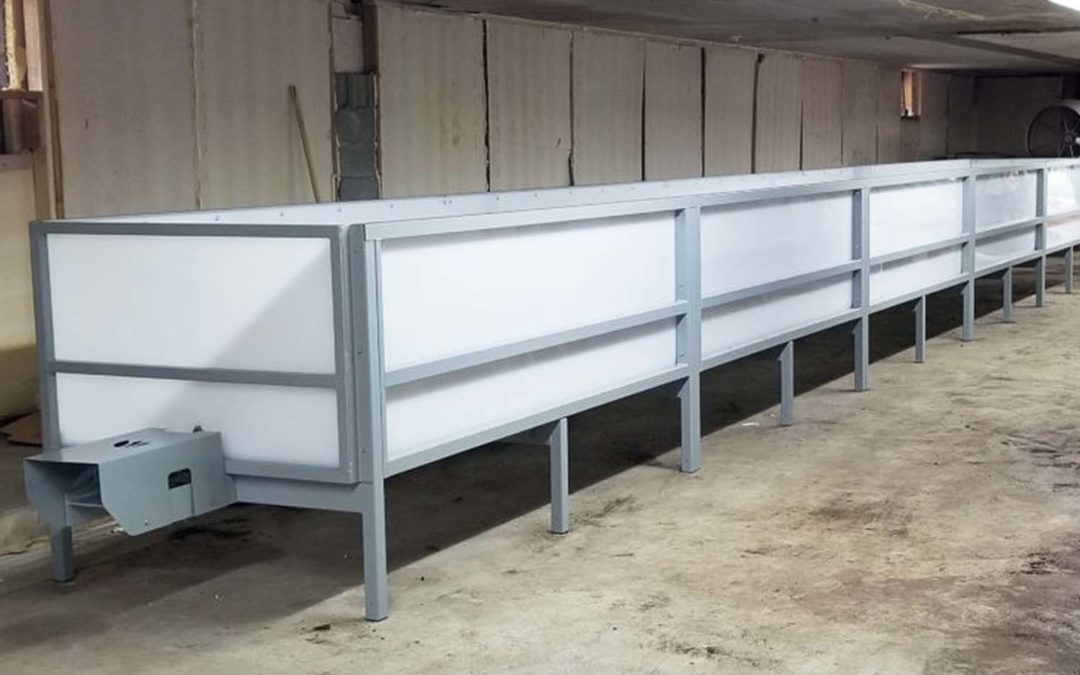
by Dan Lonowski | Nov 7, 2021 | CFT Assembly, CFT Guidelines, CFT Systems, Michigan SoilWorks
Planning your installation is an important step in starting a continuous flow vermicomposting system. As your Wormgear CFT will be the centerpiece of your commercial worm composting operation, the placement of your CFT – and the conditions you maintain for it – should...
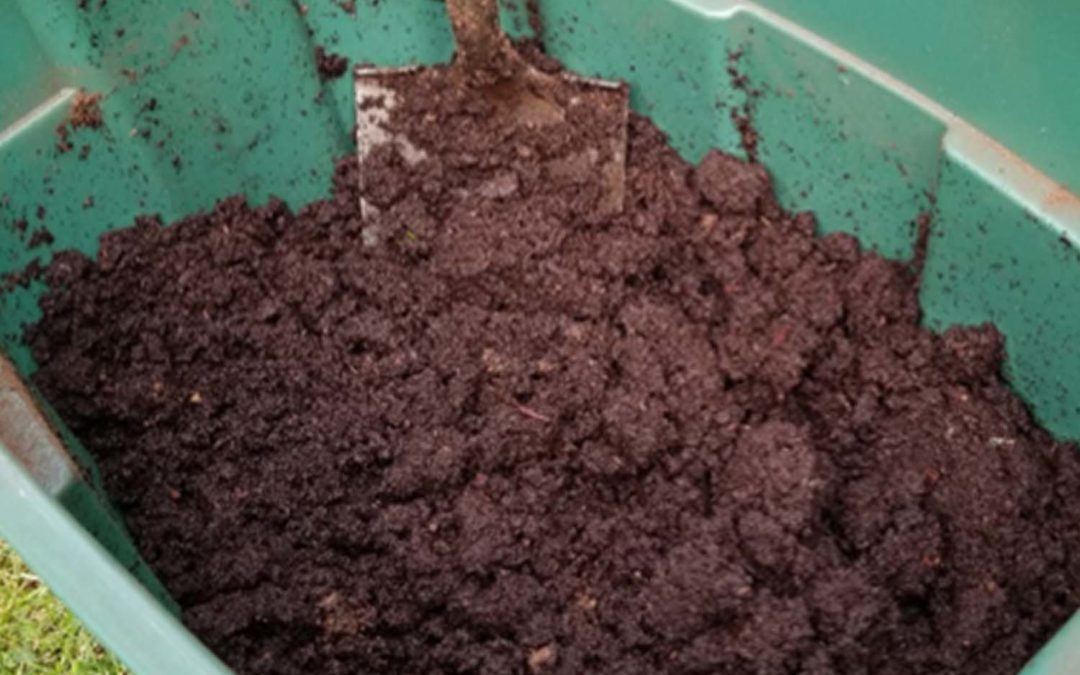
by Dan Lonowski | Oct 13, 2021 | CFT Guidelines, Michigan SoilWorks, Vermicomposting
Continuous flow vermicomposters need an initial base layer during startup to act as a bedding until the layers of castings and feedstock in the bin build up over time. Peat moss and coco coir can both used for this base layer, but until recently peat has been far...







